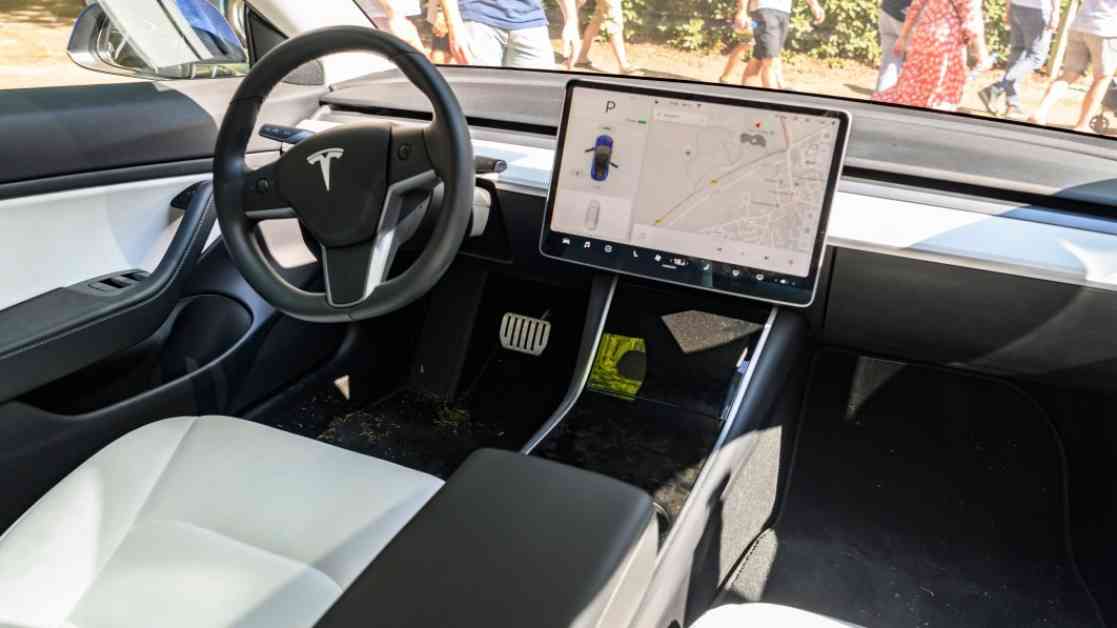A Tesla driver in California recently found themselves on active train tracks after the Autopilot feature mistook the tracks for a road, as reported by a local police department. The Woodland Police Department issued a warning to Tesla drivers to remain vigilant when using Autopilot, urging them to stay alert and keep their hands on the wheel at all times.
This incident is not the first in which a Tesla in Autopilot mode has mistakenly veered towards train tracks. Another similar incident occurred just two months prior, almost resulting in a collision with a freight train. The driver of that vehicle admitted to becoming complacent with the technology, emphasizing the importance of remaining attentive while using Autopilot.
Although Tesla describes Autopilot as a set of advanced driver-assistance features designed to enhance safety and reduce stress while driving, it is crucial to remember that these features do not make the vehicle fully autonomous or replace the driver’s responsibility. The company’s CEO, Elon Musk, has long been an advocate for self-driving technology, claiming that Autopilot significantly reduces the likelihood of accidents compared to traditional cars.
However, the road to fully autonomous vehicles has been marked with challenges and setbacks. Tesla issued a massive recall of over 2 million vehicles in December due to concerns related to Autopilot, and the National Highway Traffic Safety Administration reported more than 200 front-end crashes involving Autopilot, 13 of which were fatal.
As the investigation into the recent incident involving the Tesla on train tracks outside Sacramento continues, it serves as a stark reminder of the limitations of current autonomous driving technology. While advancements in this field hold great promise for the future of transportation, drivers must remain vigilant, engaged, and aware of their surroundings when utilizing these features to ensure their safety and the safety of others on the road.










